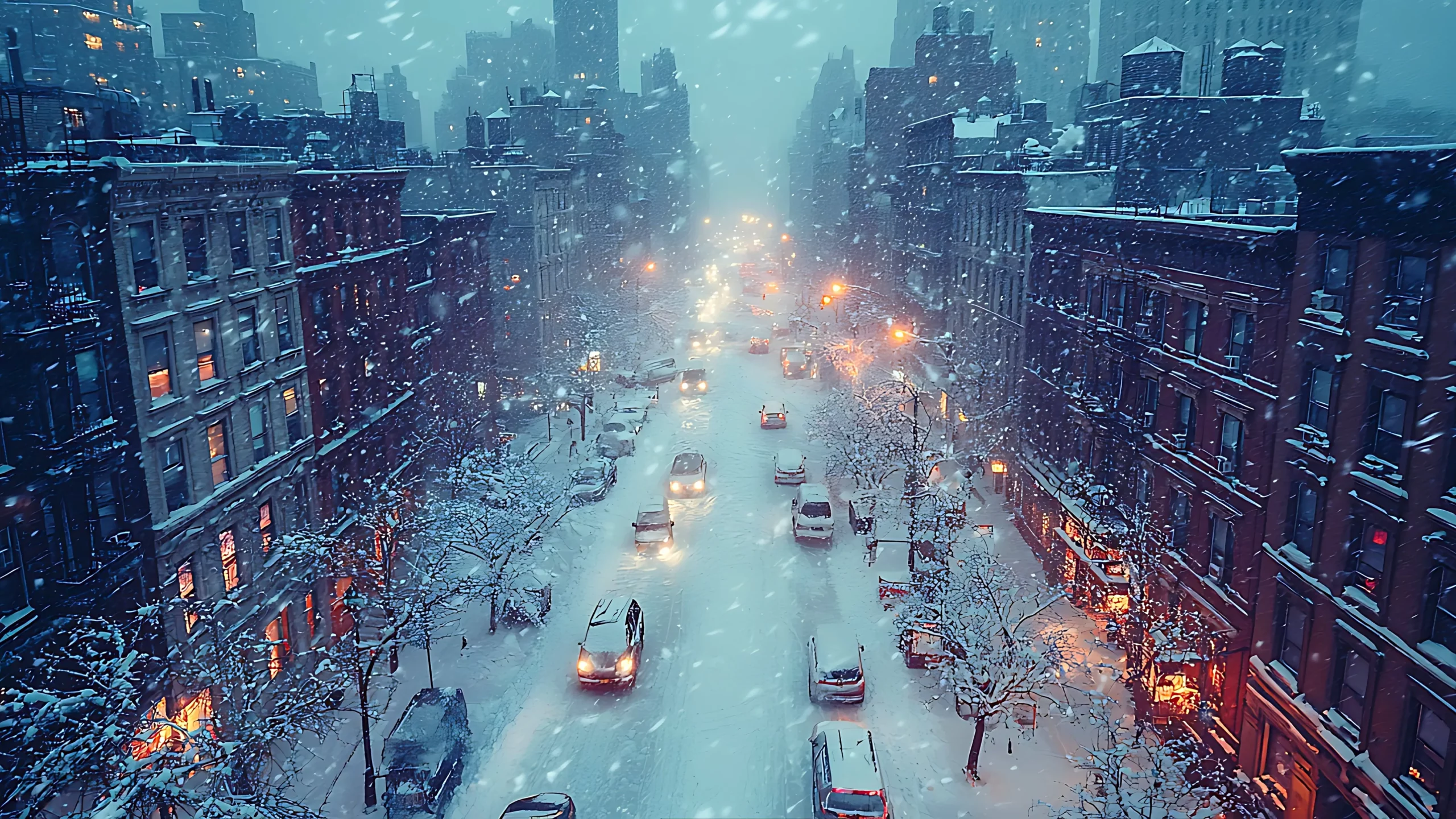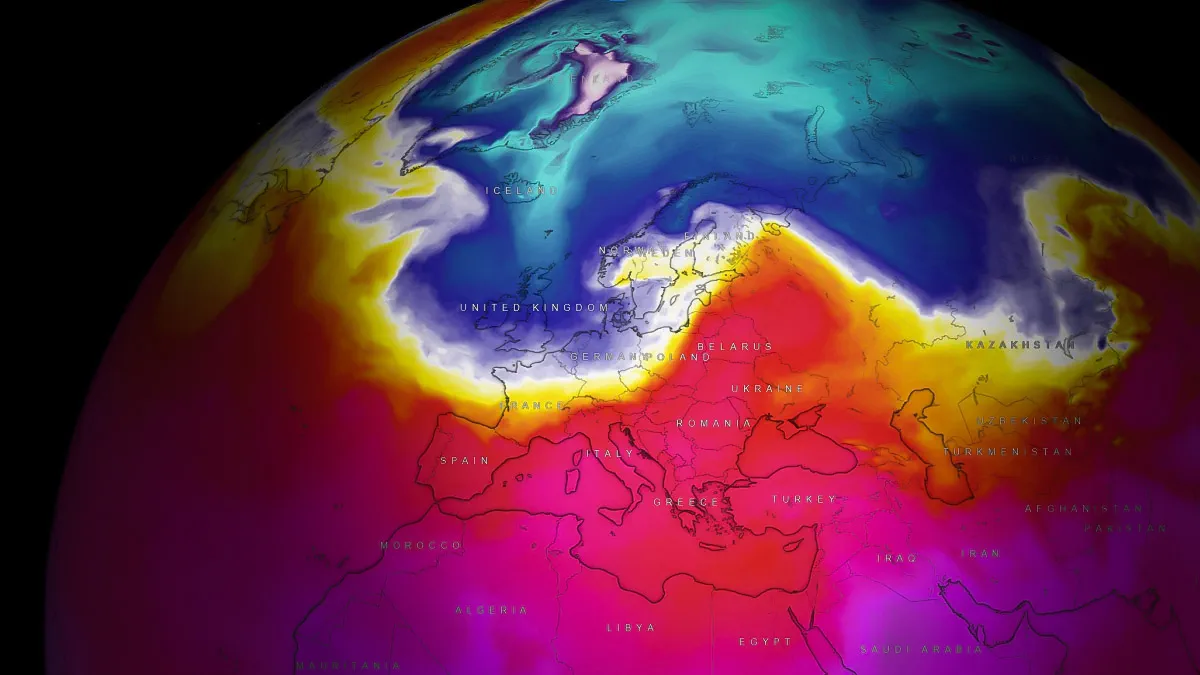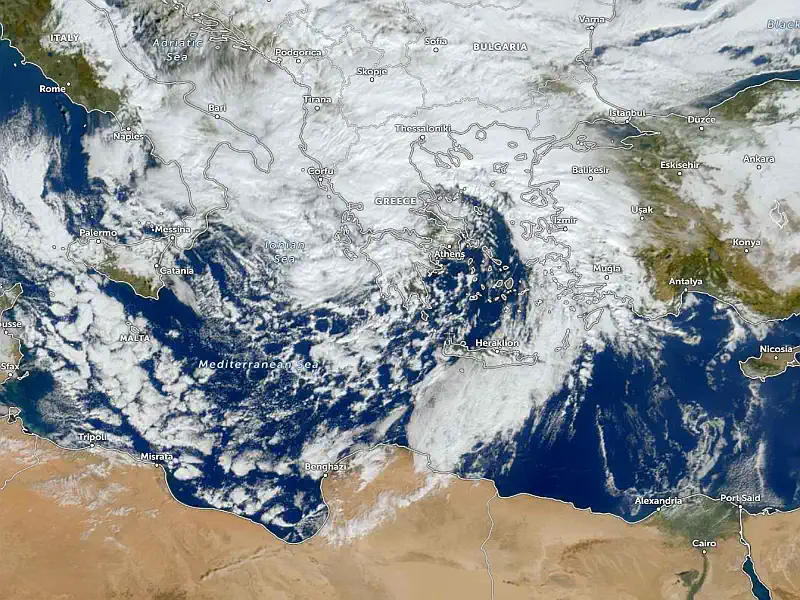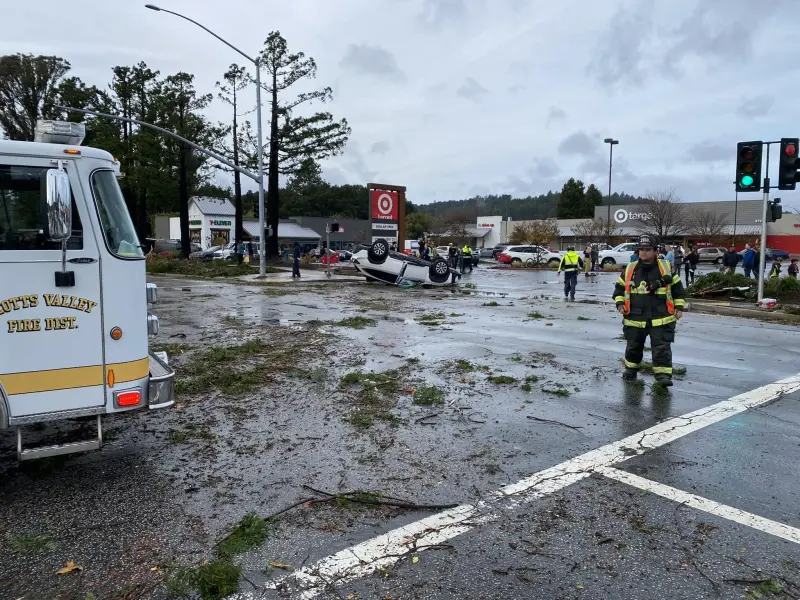Winter Nightmare Strikes Upper Midwest: Snow, Ice, and 50 MPH Winds Create Chaos on the Roads

A fierce winter storm is wreaking havoc across the upper Midwest, bringing a dangerous combination of snow, ice, and howling winds. The storm, which began on Wednesday night, has already caused significant disruptions, including treacherous driving conditions, highway closures, and multiple accidents.
The National Weather Service has issued winter storm warnings for much of Minnesota, Wisconsin, and the Dakotas, where up to 7 inches of snow is expected to accumulate. In Minnesota, including the Twin Cities, snow has been falling heavily, causing morning rush hour traffic to slow to a crawl. Accidents and slide-offs have been reported across the region, although no fatalities have been confirmed.
In North Dakota, the storm is at its worst. Strong winds, gusting up to 50 mph, have created near whiteout conditions, with snow accumulating up to 6 inches in some areas. While that might not sound like much, the icy conditions and bitter cold have made the roads incredibly dangerous. Freezing rain has compounded the issue, making the situation even more perilous for drivers.
North Dakota Highway Patrol has issued a “no travel advisory” urging residents to stay off the roads. Large vehicles have also been restricted from the northwest region of the state, with officials warning that the conditions are too hazardous for oversized loads. A 50-mile stretch of Interstate 94 near the Montana state line was temporarily closed Thursday morning when snow and ice made the road impassable. Trucks became stuck in the area, further complicating the situation.
Despite the storm's ferocity, some residents are braving the elements. Phil Helfrich, a Bismarck resident, was spotted fueling up his car in preparation for a trip to Denver to visit his grandchildren. With snow tires on his vehicle and a winter survival kit packed, Helfrich was undeterred by the dangerous conditions. "I'm excited, and my grandboys are excited," he said, eager to get on the road despite the challenges ahead.
The storm is not just a nuisance—it's also a reminder that winter weather in the upper Midwest can be unpredictable and severe. With gusty winds and snowfall continuing throughout Thursday, the region is facing the potential for more accidents and delays. In some areas, visibility is so poor that whiteout conditions are making travel nearly impossible.
For Minnesota, Wisconsin, and the Dakotas, the storm could bring up to 7 inches of snow, with winds causing blowing and drifting snow that may further reduce visibility. The gusty winds are expected to continue throughout the day, making driving conditions even more dangerous. Authorities are urging residents to stay indoors if possible and avoid travel unless absolutely necessary.
This winter storm also comes as a bit of a surprise for the Twin Cities, where snowfall had been minimal so far this season. Before this week, the area had received less than 3 inches of snow—far below the typical 12 inches expected by mid-December. The storm has certainly made up for that deficit, though, and many residents are bracing for more snow in the coming days.
While the snowstorm is expected to taper off by Friday, the forecast for the holiday weekend is uncertain. Some areas of the upper Midwest could see more snow-free conditions, with temperatures rising above freezing early next week. However, the threat of icy roads and hazardous conditions may persist for some time, especially in North Dakota, where the worst of the storm is still being felt.
As the storm continues to make its way across the region, residents are advised to stay updated on weather alerts and exercise caution when traveling. With icy roads, blowing snow, and gusty winds, the upper Midwest is facing one of its most dangerous winter storms in recent memory.
Stay tuned for more updates on this developing weather event.
Founder and chief forecaster of the Pogodnik service. He has many years of experience in the meteorological service. He is the author of numerous scientific publications and popular articles about the weather.




